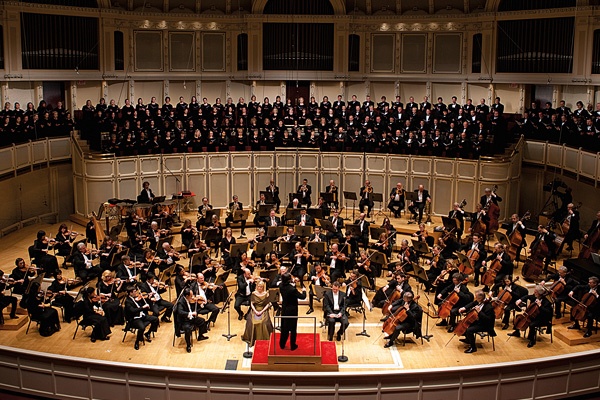By Christine Escareño, Curriculum Assistant
At our recent Fall Benefit, our speaker Dr. John Seel reminded us of the importance of training the affections, of exposing children to the the good, the true, and the beautiful. Through Composer Study, we expose children to God’s order and beauty by listening to great music, music that has inspired people and given them expression across cultures and over time. Composer Study is not only for students who have a natural affinity for music but to give joy and interest to all.
Composer Study is not instruction in how to play or read music. It is not a cram session to learn a list of composers and their music. Nor is it simply music appreciation where often students are informed beforehand as to what is unique to a particular work, and therefore what should be appreciated.

Instead, Composer Study encourages children to do their own work of discovering the unique and beautiful elements of a piece. Throughout a twelve week period, children are exposed to the works of a particular composer throughout the day. These works serve as the background music the children hear upon entering the classroom and during such disciplinary subjects as handwriting, dictation, and math. By hearing the pieces multiple times throughout the day, the music naturally enters the students’ hearts and minds. Biographical information about the artist and information about the various pieces are also read and discussed to add to the students’ impressions of the music. In this way, they begin to “meet mind to mind” with the composer.
As the teacher calls upon the students to discuss the pieces, they “narrate” back their discoveries, improving their habits of attention and observation. Students learn musical vocabulary to help them describe pieces, such as concerto, movement, minuet, crescendo, allegro, to name a few. They train their ears to the sounds of certain instruments and use the SHMRF (sound, harmony, melody, rhythm, form) method to identify specific elements. These are great methods of learning a composer’s works and developing what Charlotte Mason calls the “hearing” ear:
Use every chance you get of hearing music, and ask whose music has been played, and, by degrees, you will find out that one composer has one sort of thing to say to you, and another speaks other things; these messages of the musicians cannot be put into words, so there is not a way of hearing them if we do not train our ear to listen. (Ourselves, 30-32)
This kind of listening is a large part of joyful discovery at Clapham. Are you interested in seeing Composer Study integrated in the classroom? Please call our office at (630) 547-5125 to schedule a visit!
